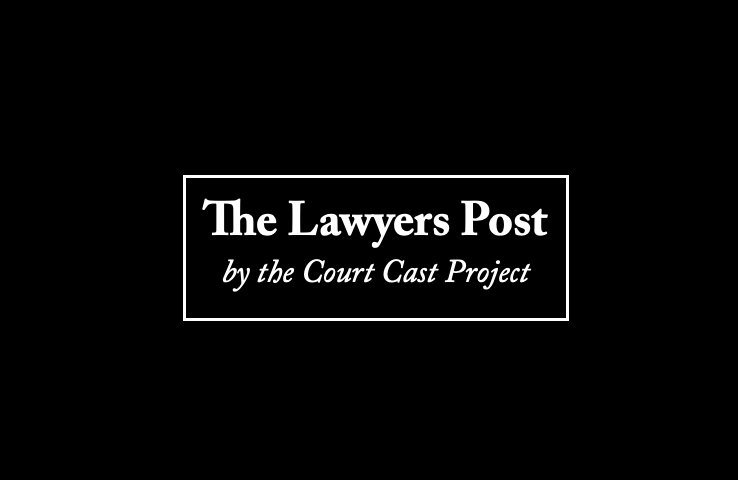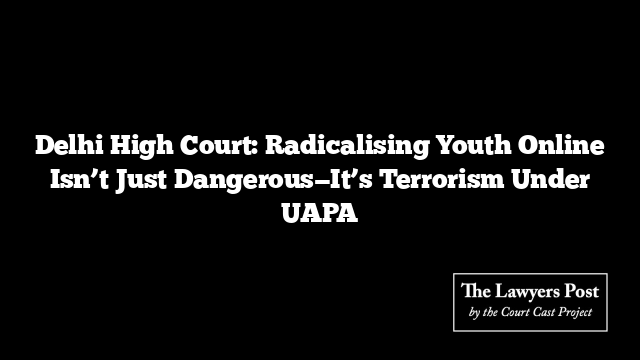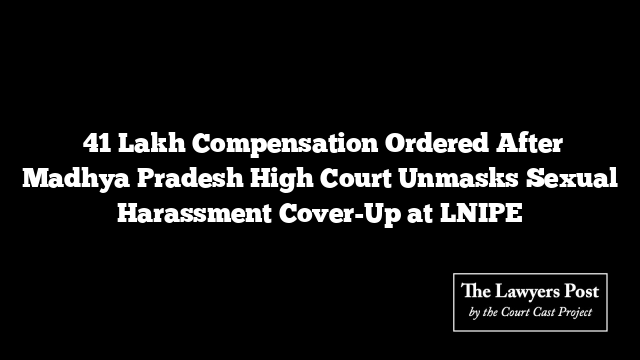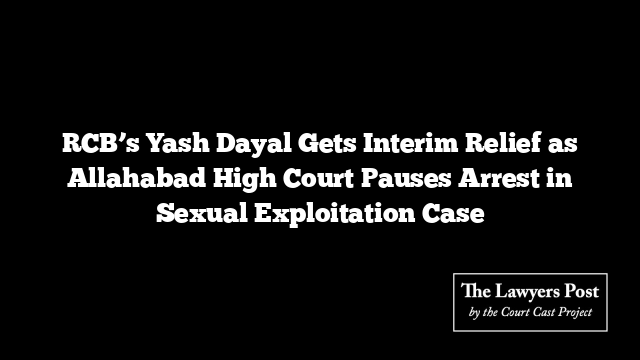If you think digital radicalisation is just noise online, the Delhi High Court has a message: it’s not just chatter, it’s criminal—terror-level criminal. When social media becomes a weapon to fuel terror narratives, the Unlawful Activities (Prevention) Act (UAPA) isn’t just applicable—it’s inevitable.
A bench of Justices Subramonium Prasad and Harish Vaidyanathan Shankar drew a sharp line between free speech and incitement to terrorism while rejecting bail for Arsalan Feroze Ahenger. Accused by the National Investigation Agency (NIA) of spreading terrorist ideology through a digital ecosystem, Ahenger’s case was a wake-up call on how radical content cloaked in memes, images, and encrypted chats can pull vulnerable minds into violent folds.
Ahenger’s alleged online playground? A network of digital groups like Ansar Gazwat-ul-Hind and Shaikoo Naikoo, formed across platforms like Telegram, Facebook, Instagram, WhatsApp, Twitter, and burner Gmail IDs. His content, the court noted, wasn’t just ideological—it was tactical, inflammatory, and aimed at recruitment. The Resistance Front (TRF), a group active in Jammu & Kashmir, allegedly featured heavily in his digital trail.
In its order, the Court emphasized that UAPA doesn’t limit itself to bombs and bullets—it extends to bytes and bandwidth. “Section 18 of the UAPA,” the bench wrote, “covers even the use of digital platforms for inciting, encouraging, or preparing others to commit terrorist acts.” No Molotov cocktail required—just a Wi-Fi connection and intent.
The Court flagged that Ahenger had posted images glorifying known terrorists and pushed narratives designed to nudge the youth toward extremism. That, the judges said, was enough to slam the bail doors shut—even though he’s been in custody since 2021. Life imprisonment looms large under Section 18, and the Court wasn’t taking risks with witness safety, possible tampering, or flight.
Yet, it wasn’t all final. The judges left a slim door ajar, saying Ahenger could re-approach the courts if the trial drags, reminding that the right to a speedy trial is integral to Article 21 of the Constitution.
The NIA, meanwhile, stood firm—laying out how a seemingly ordinary social media user allegedly became a digital recruiter for radical ideologies.
Ahenger’s bail hopes now rest on the pace of trial proceedings. Until then, the Delhi High Court has made it clear: in the digital age, keystrokes that spread terror are treated no differently than gunshots.





